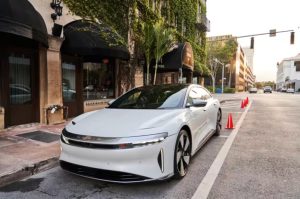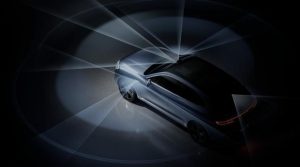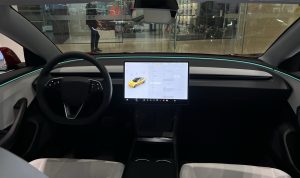In the era of new energy vehicles, Old automakers can no longer sit back and make easy profits.
6 min read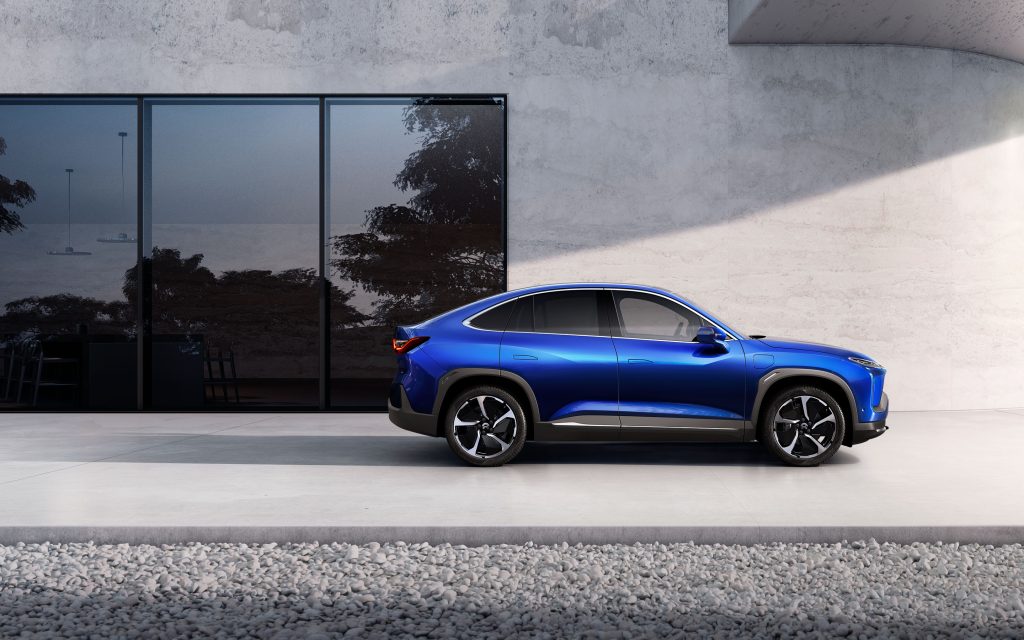
Seal, now available in Europe!
BYD’s most dedicated affordable model, the Seal, has made its debut in the European market!
This car may not be unfamiliar to Chinese consumers, as compared to BYD’s other affordable models, the Seal places the utmost emphasis on handling and high-speed performance, especially in terms of its chassis, which can be considered superior even to the Dynasty series like the Han.
However, Chinese consumers, while claiming to pursue driving experiences, often do not pay much attention to features that are less noticeable in everyday driving, resulting in relatively modest sales for the Seal domestically.
Now, BYD has high hopes for the Seal as it ventures into overseas markets. However, when I saw the price of the Seal, I was immediately taken aback.
In China, the Seal is priced from 189,800 RMB to 289,800 RMB. In the European market, there are two available models, priced at 44,900 euros (approximately 350,000 RMB) and 50,990 euros (approximately 400,000 RMB), respectively, which is tens of thousands of RMB more expensive than in China.
In recent years, many Chinese automakers have entered the European market, such as NIO, Leap Motor, and XPeng, and they all have one thing in common: they are extremely “confident” with their pricing in the European market, which is significantly higher than the domestic prices.
However, where does this confidence from Chinese automakers come from? Are electric cars really better than German-made cars?
Entering the European market, why are Chinese automakers so confident in their pricing?
During the Munich Auto Show, Zhu Jiangming, the founder of Leap Motor, said that European models have a large price difference and a larger profit margin. Moreover, European consumers have high-quality requirements for cars, and sales volume is more valuable.
Whether the value is high or not is hard to say, but the profit margin is indeed substantial.
This becomes evident when you compare the prices of models currently on sale. The 75 kWh NIO ES6 (European version: EL6) has been launched in Europe with a price tag of up to 65,500 euros (approximately 510,000 RMB), which is tens of thousands of RMB more expensive than in China.
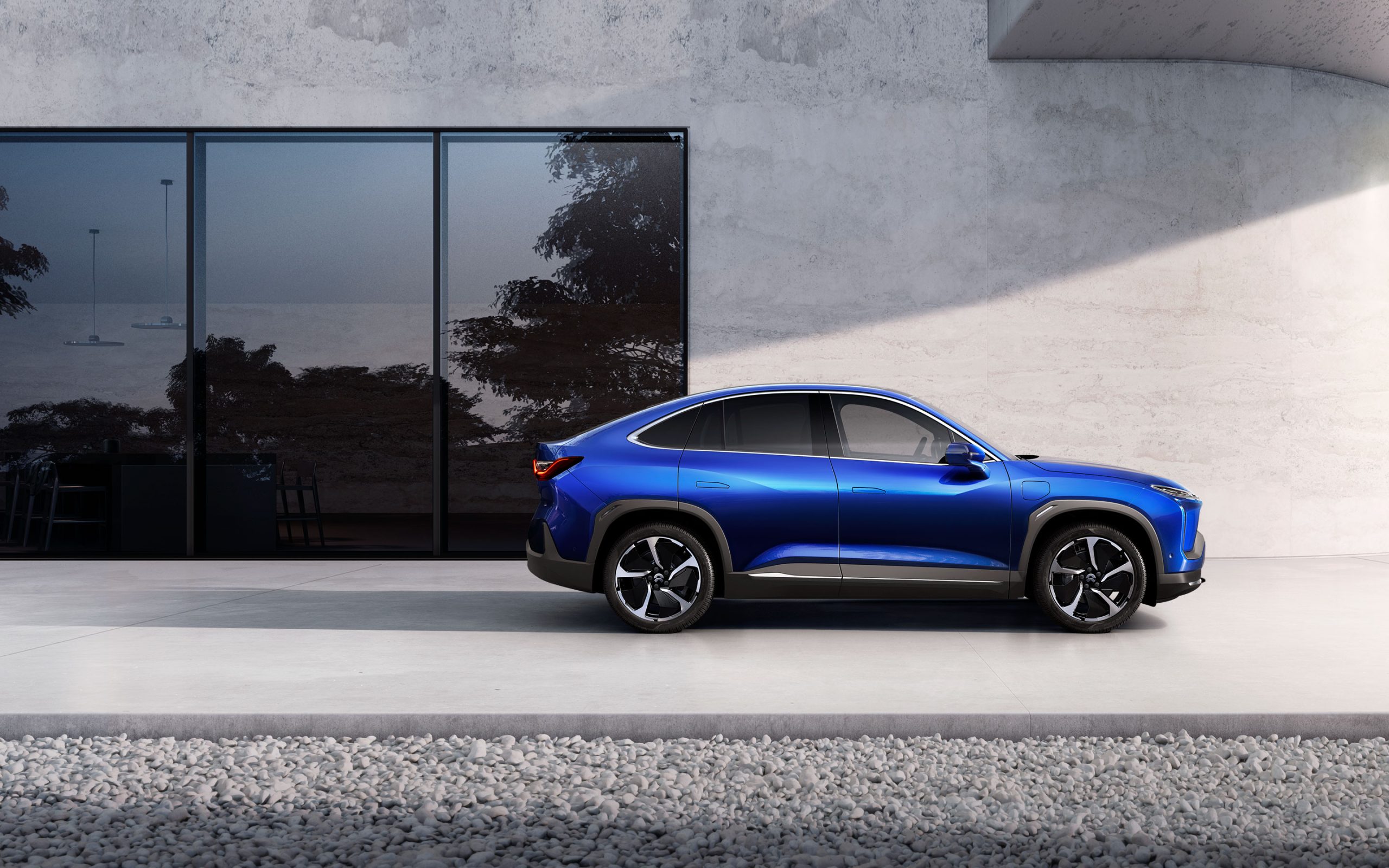
BYD and NIO have priced their vehicles higher in Europe, and they can’t attribute it to tariffs and value-added tax. When it comes to German car manufacturers and their own price differences, there’s no excuse.
Recently, a significant number of European consumers complained about Volkswagen, questioning why Volkswagen was using European consumers’ money to subsidize Chinese consumers. The reason behind this complaint was that the pure electric Volkswagen ID.3 is priced starting at 39,990 euros in Europe (approximately 310,000 RMB), while the starting price in the Chinese market is currently only 125,900 RMB (during a special promotion), resulting in a price difference of nearly 200,000 RMB.
Now, in the European market, the Seal and ID.3 have similar prices, so the choice should be quite clear.
Chinese automakers have been entering the European market, and while substantial profit margins are one reason, another key factor is that European automakers are slow in transitioning to electrification and lack competitive new EV startups, leaving ample room for Chinese automakers to grow.
Large companies are slow to change direction, and the sheer size of European automakers makes it difficult for them to transition rapidly. Faced with the assault from Chinese automakers, German automakers cannot afford to be complacent.
At the Munich Auto Show, several European automaker and supply chain executives openly admitted that in the era of new energy vehicles, the barrier between German automakers and Chinese automakers with internal combustion engines has been eliminated. This has not only led to a massive increase in domestic sales for Chinese automakers but has also turned them into potential auto exporters, posing a significant threat to European automakers such as Volkswagen, Renault, and BMW.
Chinese automakers have challenged European automakers, but are European automakers prepared to respond?
Several European automaker executives at the Munich Auto Show responded to the challenge from Chinese automakers. In summary, these automakers believe that competing with Chinese automakers requires two key actions: first, cost reduction and efficiency improvement, which includes engaging in price wars, and second, significant investments in upgrading technology to enhance product competitiveness.
The entire automotive industry is focused on cost reduction and efficiency improvement, with domestic efforts having started earlier and already yielding significant results. From reducing battery costs to optimizing vehicle architecture, cost reduction efforts have been made. For example, Xiaopeng Motors has developed the “Cradle” architecture, which significantly reduces vehicle costs through integrated body casting technology.
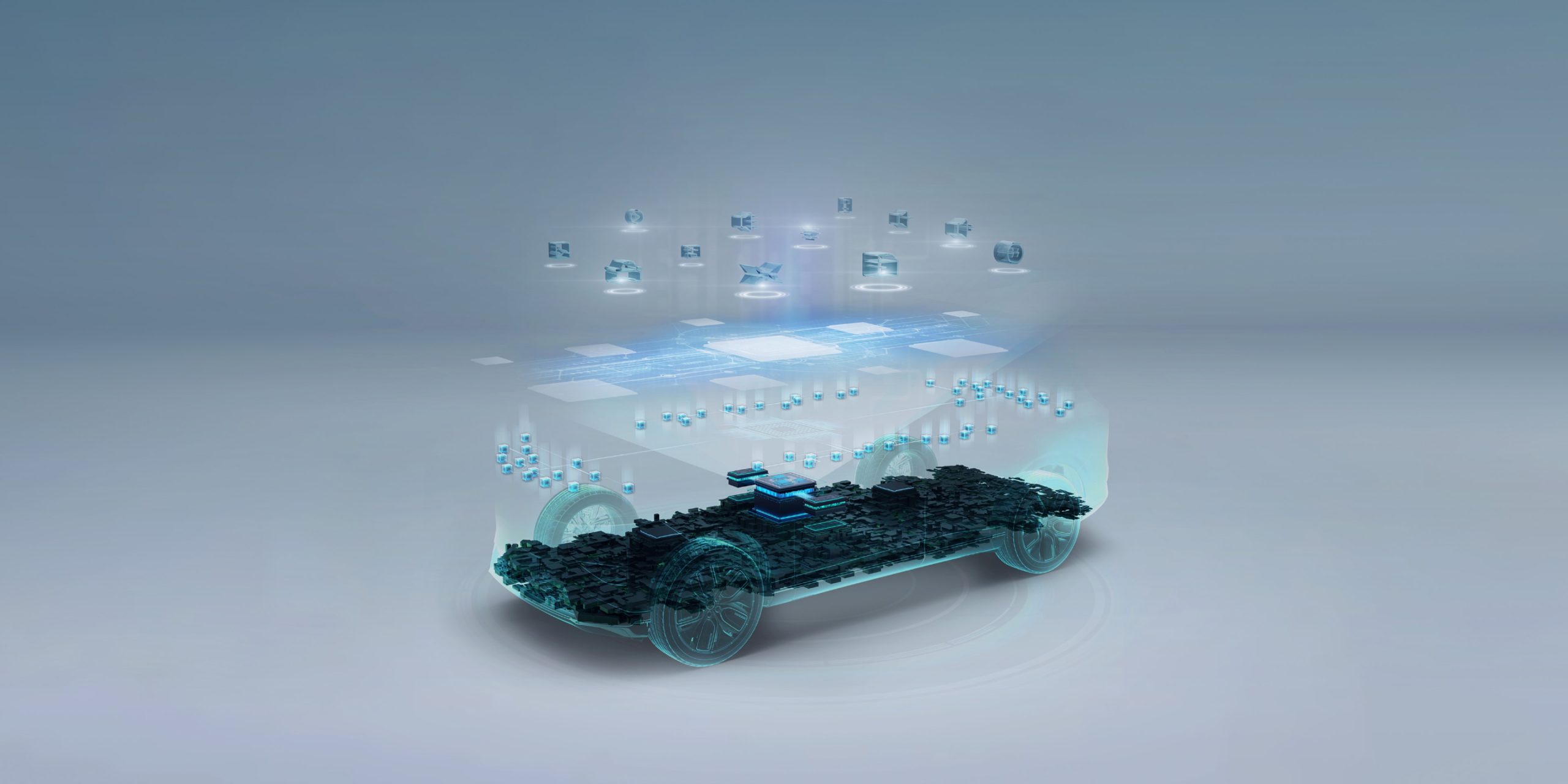
Engaging in price wars is something Chinese automakers excel at.
BMW Group CEO Oliver Zipse even stated in an interview that the European ban on internal combustion engine vehicles has stripped European automakers of their advantages, forcing them into price wars with Chinese automakers. However, European automakers’ economy models are unlikely to win in price wars against Chinese automakers.
Volkswagen is planning to invest in the Chinese market by establishing a battery production factory to reduce battery production costs by 50% and lower overall vehicle production costs by 40% during updates and iterations, enabling it to compete in price wars against Chinese automakers.
Renault, on the other hand, is placing its hopes on its newly established electric vehicle division, Ampere, expecting that this new division, free from the burden of internal combustion engine vehicles, can carve out a niche in the electric vehicle market.
Regardless of the plans of European automakers, they will require significant investments, not just in terms of money but also in time. Continued delays could potentially hinder the pace of transformation for European automakers and might even leave them with mature electric vehicle technology in a market that has already been largely divided.
Therefore, Volkswagen has come up with an alternative plan, collaborating with Chinese automakers Xiaopeng and SAIC to develop vehicle products based on the electric vehicle platform they have developed, compensating for the shortcomings of their own electric vehicle platforms.
In 2022, the market share of domestic brands in the Chinese electric vehicle market reached a high of 79.9%. Aside from Tesla, it’s challenging for other automakers to secure market share. Leveraging their outstanding performance in the electric vehicle market, domestic brands have also gained a 49.9% share in the passenger vehicle market, while the market share of joint venture and imported vehicles continues to decline.
The advent of the new energy vehicle era has dealt a heavy blow to joint venture automakers, allowing domestic automakers to rise in prominence. They have not only steadily eroded the market share of joint venture automakers in the domestic market but also achieved a significant milestone in the first half of this year when China’s automotive exports surpassed Japan, making it the world’s top automotive exporter.
Now, European automakers are seeking change and targeting the Chinese market, but they may not have realized that domestic automakers have also set their sights on their territory.
After all, who can be certain that the future leader in the automotive industry will still be traditional giants like Volkswagen, Toyota, and Ford?
As domestic automakers venture onto the global stage, they are poised to reshape the industry landscape.
During the Munich Auto Show, the performance of the BMW Group seemed somewhat pessimistic, with CEO Oliver Zipse stating that the market for economy models either disappears into the annals of history or is no longer dominated by European automakers. This situation may have been foreseen when BYD’s domestic sales surpassed Volkswagen’s.

For European automakers, the only silver lining is that they still maintain a dominant position in the luxury automobile segment, with companies like BBA (BMW, Mercedes-Benz, Audi) continuing to hold absolute sway. These companies have built up high brand value and reputation over the years, earning significant consumer recognition. In the short term, it is challenging for domestic automakers to replace their status in international markets.
However, in the Chinese market, companies like NIO and Xpeng have already challenged the dominance of BBA. NIO, in particular, has had an outstanding year in terms of sales, with monthly figures exceeding 30,000 units multiple times. It is hopeful that by 2024, NIO could catch up to BBA in terms of sales.
The future landscape of the global automotive market remains uncertain, but it’s certain that Chinese automakers will have a significant presence, no longer playing second fiddle to international automakers.
The rise of the Chinese automotive industry isn’t limited to a single company; it signifies the overall upgrade of the automotive sector. Apart from BYD, established Chinese automakers like Changan, Geely, and Chery are also accelerating their transition to electric vehicles, with Changan even announcing plans to abandon pure internal combustion engine vehicles by 2025. The rapid transformation and international expansion of Chinese automakers will undoubtedly reduce the space for international automakers in overseas markets.
As Chinese automakers adapt and innovate, international automakers will need to accelerate their own transformations to stay competitive in the face of this growing competition.

